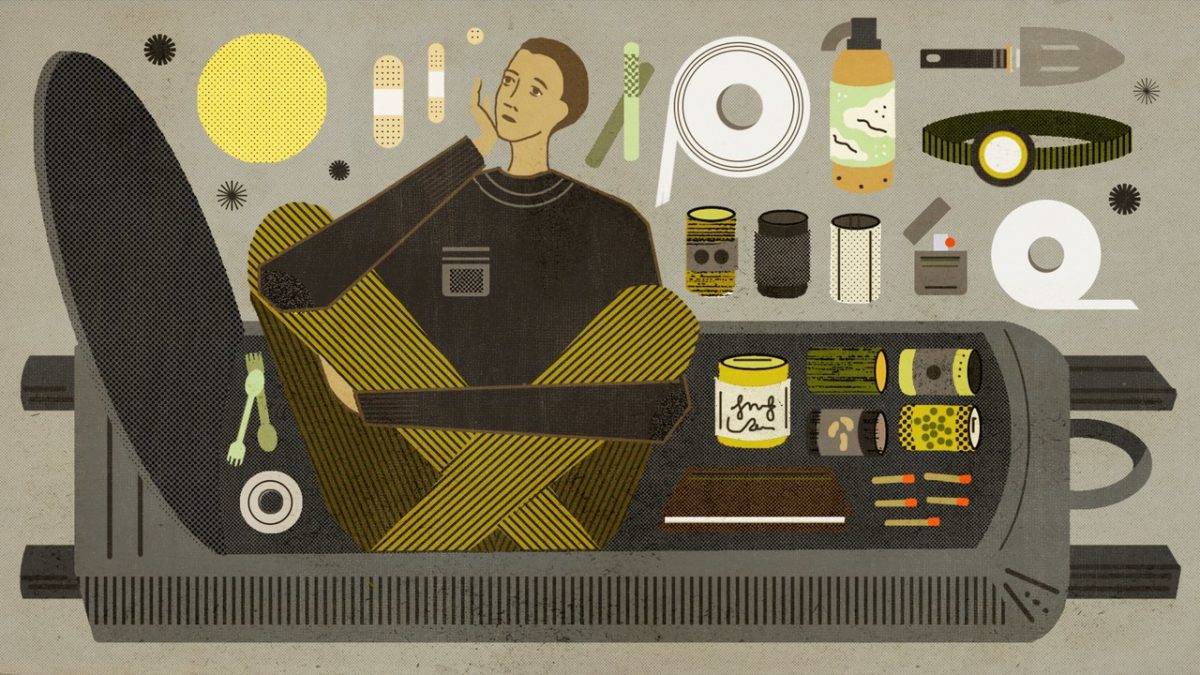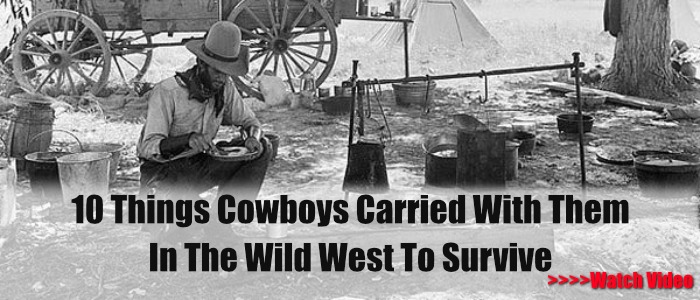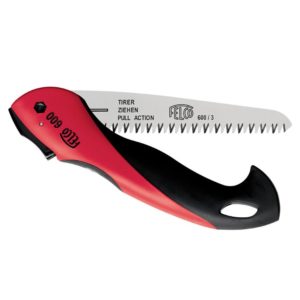5 ‘Odd’ Items Every Prepper Needs
A couple of days ago, I had some friends over for a backyard BBQ. Several beers and patty flips later, one of them hits me with the oddest prepping question ever: “say, do you have any of odd stuff in your dark chest of wonders (that’s what I call my household survival kit)?”.
I really didn’t know what to answer. I mean, most of the objects us preppers carry and hoard (and don’t you try to deny that!) can be peculiar to some. Take magnesium rods, for instance. Aside from preppers, ex-military, and maybe some people who really don’t know how to spend their money, no one even considers owning such an object. Why would they?
Anyhow, for the time being, I considered the matter settled. But the question popped into my head again. Naturally, with my wife and kids fast asleep, I tiptoed downstairs and took a quick inventory of my prepping (what else could a man do on a Saturday night?).
Wouldn’t you know it, there are some things in there which may pass as peculiar to some, but handy nonetheless. So, after some careful consideration, I’ve decided to do a short piece about the odd and useful stuff every prepper should have around the house or hunting cabin or whatever. So, without further ado, check out my list of 5 outlandish items worth their weight in gold.
- Foldable pruning saw

If you’ve ever got around to do a bit of gardening, then you know how hard it is to get rid of vines or saplings. Yeah, long before I ever knew such a tool existed, I had to use a hacksaw or my survival knife to deal with stubborn outgrowths. Fast-forwarding a bit, during a yard sale, I came across this rather brutish tool.
I kid you not that when I first saw it, my first thought was “torture implement.” However, the guy selling the saw said it’s for pruning and not for chopping off fingers or garrotting someone. I feel a bit silly for thinking that no tool’s going to help me get rid of the backyard vegetation.
Needless to say, I pretty much came to enjoy messing around the garden now that I had the right tool. So, if you need to get rid of branches, saplings, twigs, vines, go for a foldable pruning saw. While you’re at it, you may want to consider adding one to your B.O.B – they’re awfully useful for quite a lot of jobs, and yes, in case of an emergency, they can be used for self-defense.
2. Quadruple-O Steel Wool


Here’s another doozie for you – 0000 steel wool. It’s sort of a byproduct of metalworking and very useful if you want to start a fire very fast. Yup, as you’ve probably guessed it, it’s highly flammable, which means that I wouldn’t store it next to a heat source or something. What I like to do with quadruple-O steel wool is to use in conjunction with char cloth.
For that, I’ve crafted my own version of the tinder, an old-school and ingenious way of whipping up a quick fire when you lack matches or lighters. My tinder box contains a small piece of 0000 steel wool wrapped in char cloth. I’ve bought mine from Amazon, but you can probably find them in every military surplus or sports store (they usually come in a pack that resembles smoking filters for rolling tobacco).
3. Guitar strings
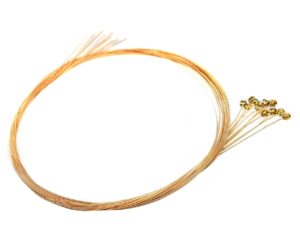

Never quite got around to learning how to play the blasted thing, but I do stock up on strings as often as I can. There’s great for all sorts of things – setting up snares, cutting dairy products like hard cheese, or even hanging heavier pictures or wall decorations.
A while ago, my wife got for her birthday this awesome stone replica of the Dendera Zodiac. The trouble was that the plaque’s heavy as shit, which means that a regular string or wire won’t do. I managed to find a workaround by using a bass string – those are thicker compared to solo guitar strings.
4. Pencil sharpener
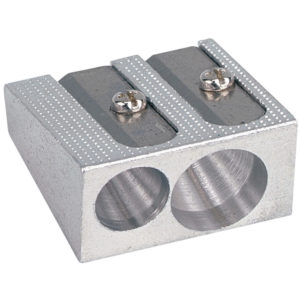

Having one pencil sharpener around the house is no big deal. Even though the PC industry has skyrocketed, there are those, including yours truly, which prefer to stick to pen and paper. Hell, some of the articles you see here were laid on paper before getting them live. Now, I know this may sound a bit strange, but I got a whole box of pencil sharpener tucked away in the garage.
No, I don’t have that many pencils to sharpen, but they do have their uses. For instance, if you run out of tinder, you can always use a pencil sharpener to make more. Moreover, the blade can be salvaged and made into a trap.
Of course, if you know your way around weapon crafting, you can always take a bunch of pencil sharpener blades, and fashion yourself a club or something. Of course, the mount is melted down and turned into nail (I melted a box of bladeless sharpers and used the metal to forge me a bushcraft knife).
5. Machete
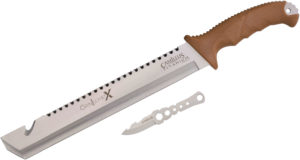

I really like knives. The bigger, the better. Anyway, a machete’s useful for pretty much any job that requires extra muscle. I personally like to use it for chopping small wood and some last-minute weed-whacking.
Like with any other knife, you should definitely aim for quality. It’s true that this type of blade might be too cumbersome for your B.O.B, but no one’s stopping you from getting one the next time you go for a hike. Just be sure to get one that’s made from carbon steel and not stainless.
Think the list needs some improvement? Let me know what you think in the comments section.
Most of the objects us preppers carry and hoard can be peculiar to some. Take magnesium rods, for instance. Aside from preppers no one even considers owning such an object.

